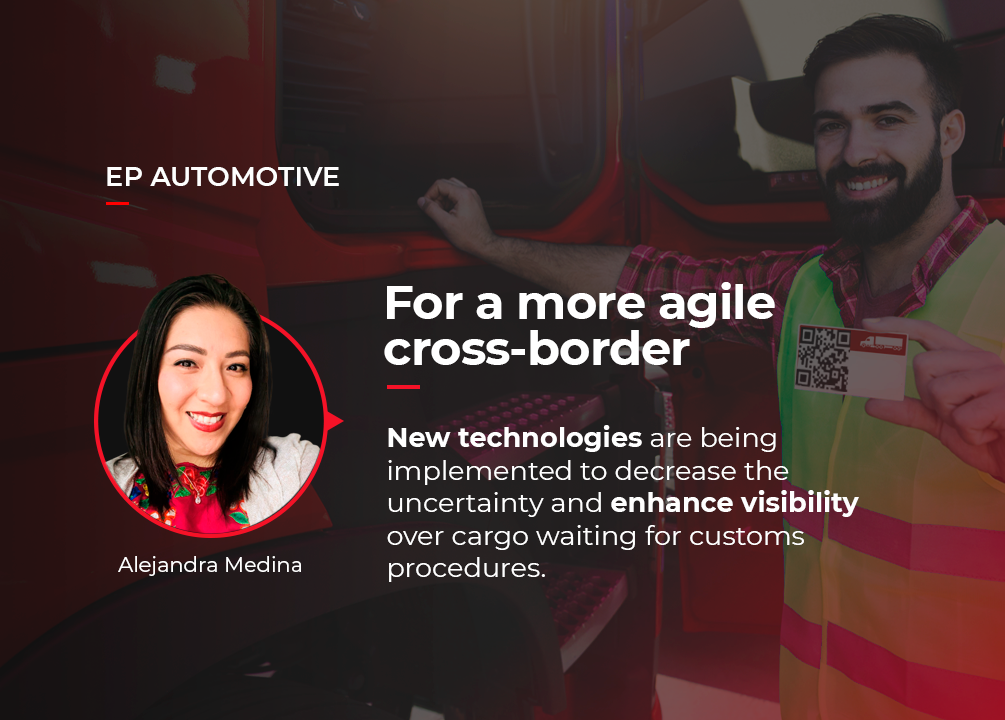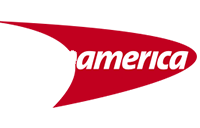
Customs clearance: a faster cross-border process with the PITA
After almost five years of testing and implementation processes, the PITA is ready to accelerate the cargo crossing between Mexico and the United States.
As detailed as a logistics plan for the automotive industry may be, forecasting how long it will take for a freight to cross the US-Mexico border is still a headache.
We understand how concerned our Tiers and OEM customers get with the lack of visibility on the time the units that transport their cargo spend formed and how long it will take for customs clearance. Plus, there’s always risks of systems failures in both countries.
One of the greatest challenges for the Mexican government in engaging with the United States-Mexico-Canada Trade Agreement (USMCA – CUSMA) has been exactly the modernization of the clearance process at the northern border.
To face this difficulty, one of the most relevant efforts has been the implementation of the Customs Technological Integration Project (PITA). Its objective is to speed up customs clearance by significantly reducing the time invested in border crossings – up to a 30% approximately, modernizing 60 checkpoints (which represent more than 99% of the commercial customs operation in the country).
One of the benefits of the program is eliminating the use of printed documents. Now, all the paperwork will be presented digitally, using a Customs Technological Device (DTA) with RFID technology and integrated into a QR code printed on the Consolidated Identification Badge (GUI) carried by the carrier.
Besides, it enables carriers to present an unlimited number of requests (pedimentos) to the automated selection module in the same QR code.
The use of these QR codes facilitates real-time visibility of the dispatch to importers and exporters. This means that everyone with access to the code –including clients, shippers, and consignees– can check live how clearance procedures are evolving.


“This simple change in the customs process, using technology, can make everything much more efficient for our automotive customers, who are greatly affected in the scheduling of crossings due to traffic and saturation at the border.Introducing PITA and other technologies will help transport flow much faster, which will result in millions of dollars in savings, by avoiding disruptions in supply chains and expenses in contingency logistics due to the need to expedited cargo”, says Alexander Katsouris, director of our EP Automotive vertical.

The PITA customs clearance project
The implementation of the project began in 2016, in internal customs. The tests were formally started at Nuevo Laredo Customs on June 21, 2021, with nine lanes enabled with six PITA modules for import and three PITA modules for export. It is expected to speed up the crossings gradually. At the same time, the modules for the verification of the Customs Clearance Operation Document (DODA), created for the transition to the PITA, will be reduced. The Nuevo Laredo Customs Agents Association issued a statement inviting carriers to join the new project and avoid the congestion that could be generated by the lack of DODA modules, although carriers with the “consolidated badge” (gafete único), including those responsible for first and last miles for charter flights, may cross through other customs.EP America, knowledge and technologies
to streamline procedures and expedite automotive logistics
From the EP Automotive vertical, dedicated to being the best logistical partner of companies in the automotive sector, we look for new technologies, processes, good practices, partner agents, customs and carriers to coordinate movements in the time determined by our clients. We already have more than 70% of our operators with the “gafete único” that brings the QR code PITA, and we work hand in hand with our clients’ the customs agent, providing, quickly, the information and the requests that must be uploaded to speed up the border crossing in the new module. If you need a logistics partner with plans tailored to your needs to avoid line stoppages, disruptions in your automotive supply chain and keep your processes on time and well-coordinated, contact us.
- Enovathemes
Related posts
9 July, 2020
Special logistics for retail companies
Leverage agile frameworks to provide a robust synopsis for high level overviews.
Read more


